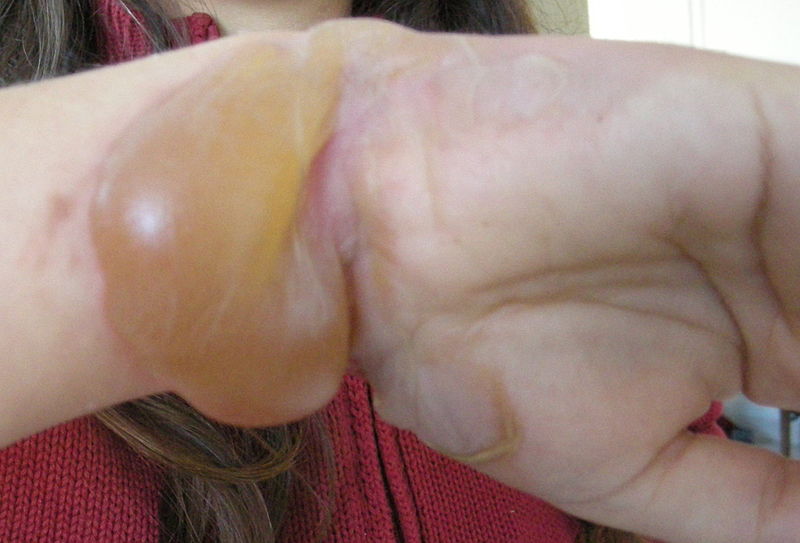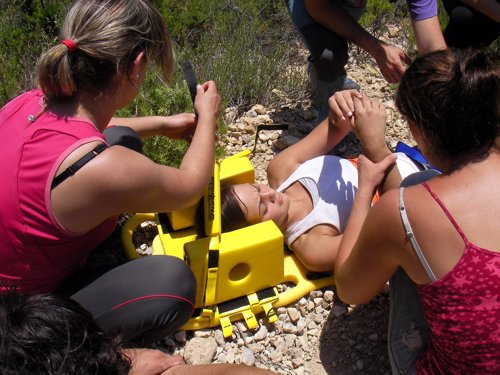a. No
b. Yes
c. Other
a. No
b. Yes
c. Other
3.Have you received any information about what it is and how to deal with a burn? If your answer is "Yes" indicate in "Other" who informed you and were/why you were informed
a. No
b. Yes
c. Other
4.Describe four situations in your life where you might "get burned" indicating the object / item situacion potentially dangerous
5.What is a "burn"?
a. An injury produced by fire
b. An injury caused by a source of heat or cold
c. An injury produced by abrasion
d. An injury caused by an electrical source
e. An injury caused by chemicals
f. All the above are true
g. Some are false
a. A, B, C, and D.
b. 4th, 5th and 6th degrees
c. 1st, 2nd and 3rd degrees
d. Only one type
e. 1st / 2nd / 3rd / 4th degrees.
7.When we say that a burn is more serious than another we use degrees as a unit, then the first degree burn is
a. A burn that damages organs
b. A superficial burn
c. A burn that produces scars
d. The worst degree of all
8.What is the most serious degree burn?
a. Third degree because it produces internal burns
b. Fourth degree because the carbonization of the fabrics supposes
c. First degree: only superficial
d. Second degree: intermediate
e. a) and b) are true
b. The presence or not of pain it does not mean anything in a burn.
c. Because nerve endings were burned
d. All are true
e. All are false.
10.How is a burn produced?
a. Attending a solarium
b. By entering a sauna
c. By solar radiation, nuclear, contact with fire or heat source, freezing, electric shock ...
d. For shade exposure
e. All above are true
11.List four ways to prevent burns
12.What to do after a burn by a heat source?
a. Use wet wipes
b. Apply Alcohol
c. Use creams and antibiotics
d. Place an ice pack over the affected area
d. Cool the area with cold water and seek medical advice
13. What to do after a frostbite?
a. Use wet cloths
b. Apply Alcohol
c. Use creams and antibiotics
d. Place an ice pack over the affected area
e. Keep the burned area and warm and seek medical
14.What to do with a person who is receiving an electric shock?
a. Separate him/her from the electric source either way.
b. Throw him/her cold water
c. Do not touch him/her it directly because you would also suffer the electric shock, do it with an insulating material (a rolled up newspaper, a stick, etc..)
d. a) and b) are true
15.Beliefs about sunburn: Write beside each answer true or false.
a. On rainy days we do not need protection from solar radiation
b. In winter the sun "burns" less than in the summer
c. Abrasions are burns
d. A solar burn can produce skin cancer
16.What is it so dangerous to expose an area already burned to a new source of heat or cool?
a. There is no harm
b. Because it might become infected
c. The before-burn areas byll probabily get burned again if they are exposed too much
d. b) and c) are correct
e. All are all false.
17.It is necessary to to do a skin grafts
a. With no type of burns
b. Only with first degree burns
c. Whit first and second degree burns
d. Only with second degree burns
e. Whit all third degree burns
Thanks for your feedback





